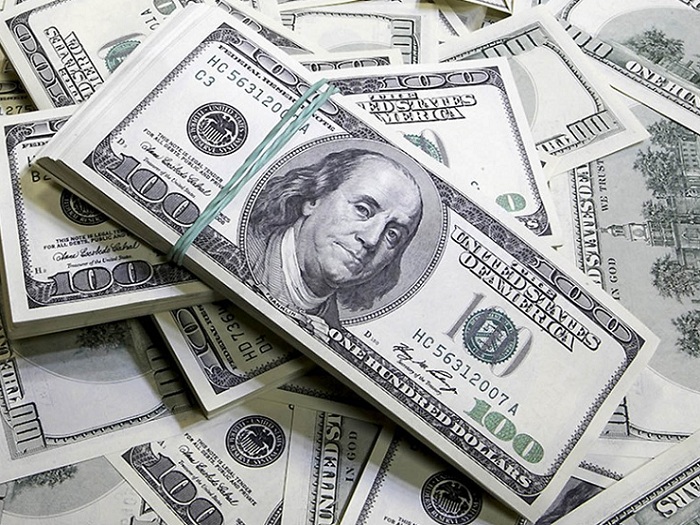Manufacturers worry about central bank currency decisions

Although the central bank's foreign exchange decisions have regulated many of the processes in the foreign exchange market over the past year and a half, it has caused distrust to producers, importers and exporters.
According to the International Exhibition of Iranian Stone, the central bank's foreign exchange decisions over the past year and a half have regulated many of the flawed processes in the foreign exchange market. During the same period and until a few weeks ago, foreign exchange directives and instructions have been working in such a way that the foreign exchange market is relatively stable and has gone through many days calmly, except for a few ups and downs.
Re-reading the central bank's foreign exchange policies over the past year and a half
Throughout the time the new management team has taken the helm of the foreign exchange market, efforts have been made to bring market prices under control with a set of tools, and ultimately what has come out of this set of policies is a market in which rates are mostly rising. It has increased slowly and gradually.
For several weeks now, however, the foreign exchange market has been in turmoil, and although there is currently no effective demand in the foreign exchange market, prices have fluctuated, with the president reiterating the need to return stability to the foreign exchange market.
Rate fluctuations and lack of response to effective demand in the foreign exchange market
The central bank's policies in the foreign exchange market have now led to effective demand in the foreign exchange market, including the provision of travel currency in the form of banknotes, the provision of foreign exchange for imports of basic goods and machinery, and the provision of foreign exchange by producers to import raw materials, equipment and machinery. Such instruments either do not exist or are not answered, and it is the central bank that has tried in each sector, with a set of policies, to meet or meet the needs of the currency.
Since August 2017, when the helm of the central bank has been given to a new group of economists and bankers, the policymaker has chosen more contractionary approaches so that he can achieve foreign exchange market management with a set of related policies. Is acceptance; However, the continued continuity of exchange rate policies is now becoming increasingly troubling, and it may be difficult to continue the current trend.
The important point here is the specific currency situation of the country and the US sanctions to tighten the sanctions ring, which at some point in time will not allow anything other than this set of foreign exchange policies for the central bank; However, it should be noted that the set of policies pursued by the central bank in the field of foreign exchange supply still has many problems and has failed to achieve a large part of the tasks of this foreign exchange policy policymaker in the field of foreign exchange supply.
Has the central bank fulfilled its mission of releasing blocked currency resources?
The fact is that the Islamic Republic of Iran and the Central Bank have had many resources and foreign exchange reserves in different parts of the world for many years and are in a relatively good position in this regard, but the bank's diplomacy in liberating some of these resources is good. It did not respond, and the bank failed to fulfill one of its main missions to restore Iran's blocked resources from around the world.
Accordingly, the President of the Republic in recent weeks has emphasized on one of the tasks of the Central Bank to diversify the ways of providing foreign exchange and especially efforts to free Iran's blocked foreign exchange resources in other countries.
Manufacturers are concerned about the central bank's foreign exchange policies
But the set of policies has now led manufacturers to worry about many of the central bank's foreign exchange decisions, and many of their production lines are facing challenges due to currency problems and need to be addressed.
If foreign exchange resources are to be provided to the country without relying on oil revenues, it is the producers who bear the brunt of the burden of producing export goods and selling or exporting them to provide the country's foreign exchange resources; So if the currency does not reach the producers on time, there may be many challenges in this area.
It is here that the central bank must play a serious role in providing the currency needed by the production units and advance the conditions in such a way that the foreign exchange resources needed by the producers are provided in a timely manner. At present, the central bank has severely slowed down the approval process of many foreign exchange receipts, and this has posed many challenges to production during the year of the "production leap."










